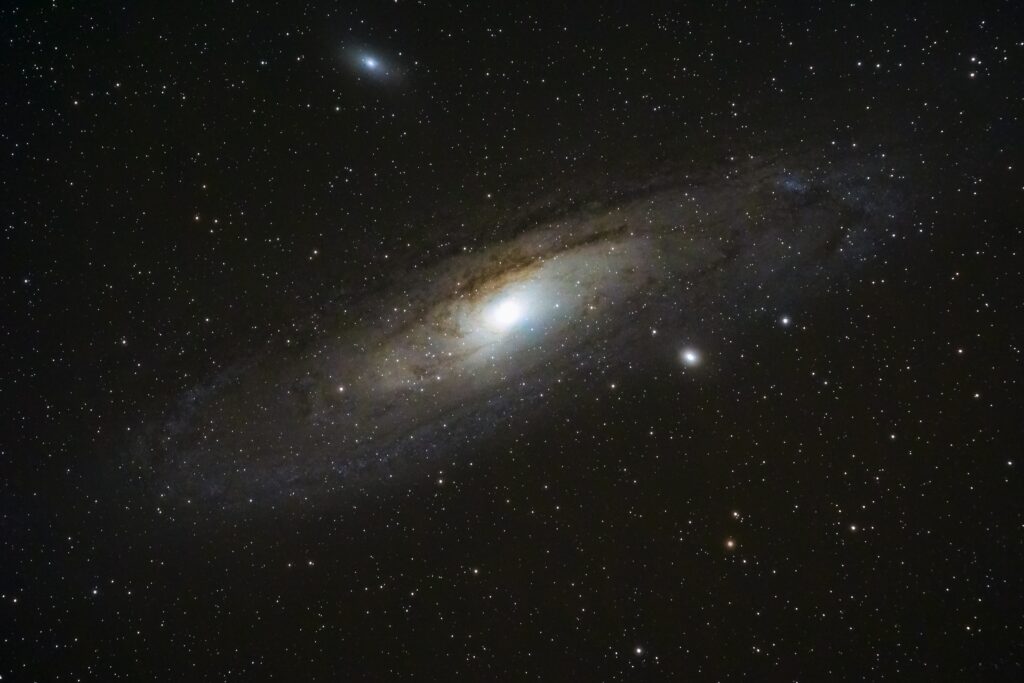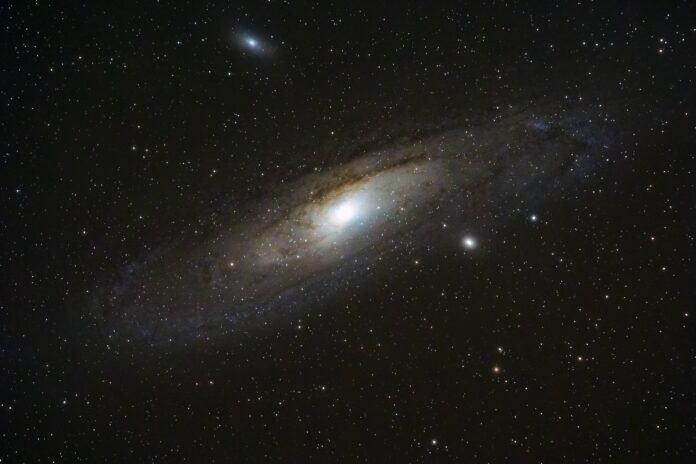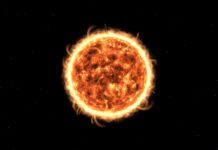Our Solar System is home to eight planets, each with its unique characteristics and features. Over time, these planets have undergone various changes, some subtle and some drastic. These changes have shaped the planets into the celestial bodies we know today.
Starting with the innermost planet, Mercury is a small, rocky planet that is known for its extreme temperature variations. Mercury’s surface is heavily cratered, and its thin atmosphere offers no protection from the sun’s heat or meteor impacts. Over time, the planet’s surface has changed as meteor impacts have created new craters and reshaped the old ones.
Venus, the second planet from the sun, is often referred to as Earth’s sister planet due to its similar size and composition. Venus, however, has a thick atmosphere of carbon dioxide that traps heat from the sun, making it the hottest planet in our Solar System. Changes on Venus’s surface are difficult to observe due to its thick atmosphere, but scientists believe that volcanic activity has played a significant role in shaping the planet over time.
Earth, the third planet from the sun, is unique in our Solar System due to its abundant water and supportive atmosphere that sustains life. Earth’s climate has changed dramatically over its 4.5 billion-year history, with cycles of ice ages and warming periods. These changes have been influenced by various factors such as changes in the Earth’s orbit and volcanic activity.
Mars, the fourth planet from the sun, is a dusty, rocky world with a thin atmosphere. Mars has a unique geological history, with evidence of past water flow and volcanic activity. Over time, the planet has experienced significant climate changes, with periods of warming and cooling that have shaped its surface and atmosphere.
Jupiter, the largest planet in our Solar System, is a gas giant that is primarily composed of hydrogen and helium. Despite its lack of a solid surface, Jupiter has undergone changes over time, with scientists observing fluctuations in its weather patterns and cloud formations.
Saturn, the sixth planet from the sun, is another gas giant known for its stunning ring system. Saturn has also undergone changes over time, with scientists observing changes in its weather patterns and the size of its rings.
Uranus, the seventh planet from the sun, is an ice giant that is unique in our Solar System due to its extreme axial tilt, which causes its poles to face the sun. Over time, Uranus’s atmosphere has undergone significant changes, with scientists observing changes in its weather patterns and cloud formations.
Finally, Neptune, the farthest planet from the sun, is also an ice giant similar in composition to Uranus. Like the other gas giants, Neptune’s atmosphere has undergone changes over time, with scientists observing changes in its weather patterns and cloud formations.
In conclusion, each planet in our Solar System has undergone changes over time, shaping them into the unique celestial bodies we observe today. From Mercury’s heavily cratered surface to Neptune’s changing weather patterns, the planets are a testament to the dynamic nature of our Solar System.

Views: 59






